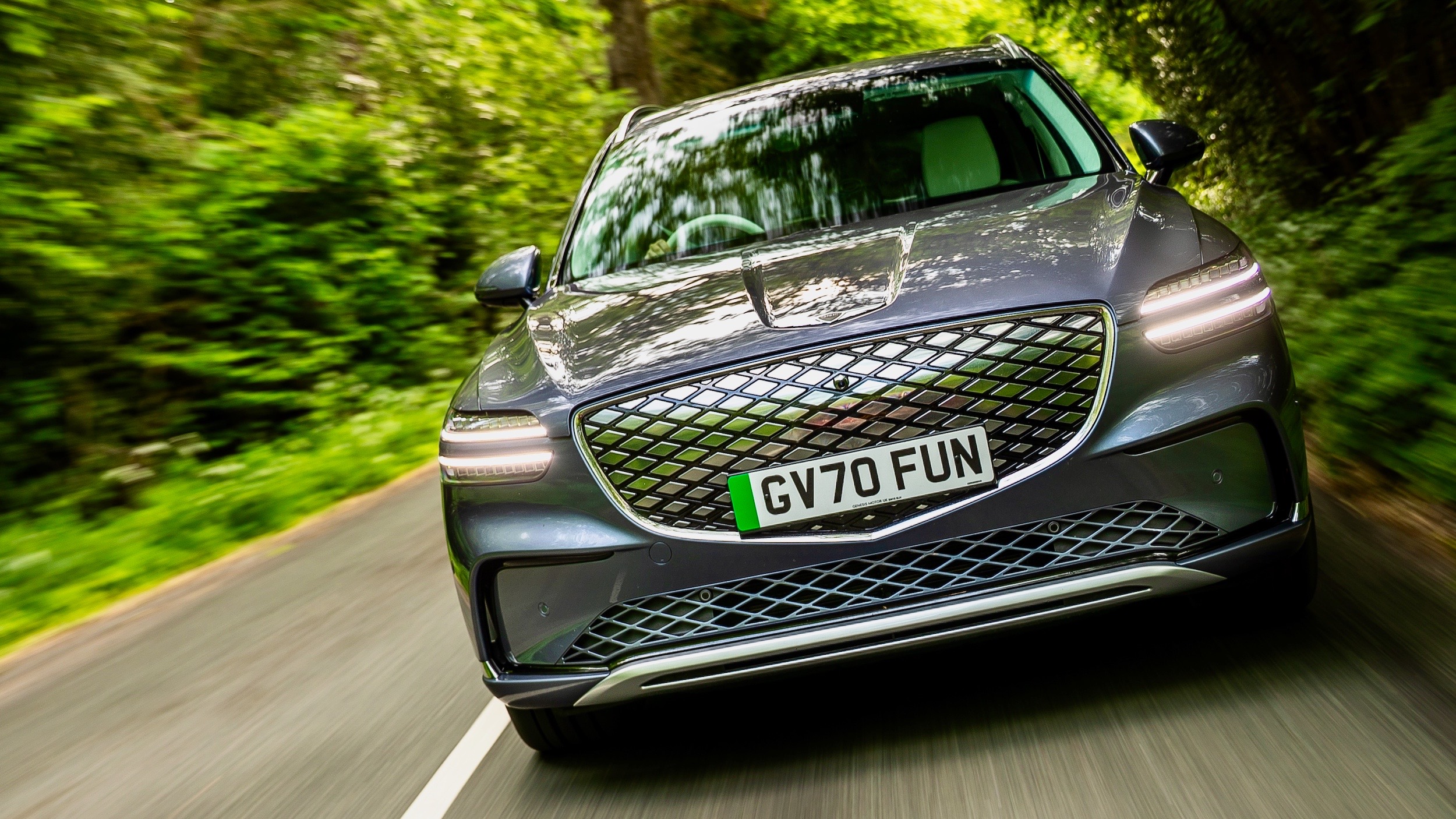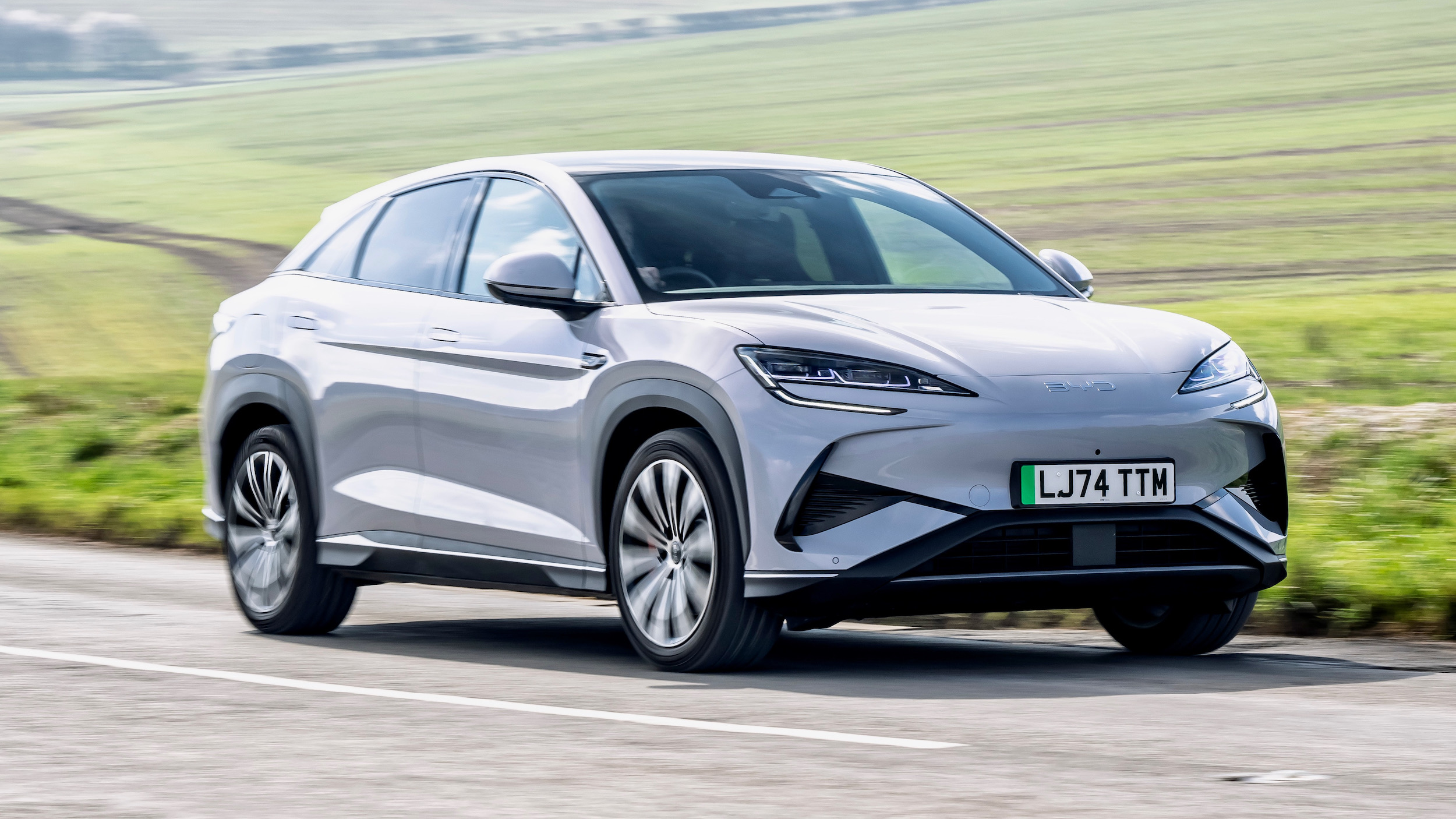“Is this the complete nanny state car?” asked my older daughter when I was driving her in the new Škoda Enyaq. “Have you seen all these messages mothering us?”
The Škoda Enyaq didn’t annoy me that much, but its know-all self-righteousness did certainly get on my nerves, especially when its autosteer system so forcefully corrected my lines on corners that it felt as if the steering wheel was being yanked out of my hands. This is the car that is so certain it knows better than you what’s good for you that Insulate Britain should take a fleet of Enyaqs to block the M25 instead of putting their own bodies on the line.
Then there’s the name. Škoda has chosen a long run of baffling names that seem to be drawn from the Inuit language – including Kodiaq, Karoq and Kamiq – but Enyaq is the one that comes closest to looking as if it has been written down back-to-front. Makes just as much sense either way.
Apparently, in this case, Škoda has turned for inspiration to Irish Gaelic, where the word “Enya” means source or essence of life. It might be a good name for an Irish whiskey but for an all-electric car….?
Once you get over these mild exasperations, the Enyaq turns out to be a fine piece of work – possibly one of Škoda’s best ever.
Blocking the light from our house like a warehouse when it stood on our drive, the Enyaq was undoubtedly one of the biggest SUVs ever to come our way. Only the Rolls-Royce Cullinan has ever exceeded its dimensions – and that model is closer to a tank than a car. Our test car came in a spec they call Loft, which is fitting for a vehicle with as much space inside as an attic. When the rear seats are folded, over 1700 litres of load space are created – which may be as much as most people have in their roof space.
Despite that bulk, the Enyaq shifts itself quite rapidly and is bloody good to drive. The 82kWh battery pack and 204PS electric motor transmit power only to the rear wheels and drive this SUV-cum-removal-van to 60 mph in eight seconds. There are paddles behind the steering wheel, but they modulate the level of braking recuperation in the absence of gears to change. Very handy. A low centre of gravity and excellent weight distribution provide outstanding balance and pushing this car through corners using the regenerative braking is a delightfully rewarding art.
Using a 50kW charger, the batteries will return to 80% capacity in only one hour and 10 minutes. The range is supposed to be 332 miles on a full charge, but I reckon 280 would be closer to the mark.
A price tag of £39350 feels entirely wrong for a Škoda but having your own personal Margaret Thatcher in the car to put you right was never going to come cheap.

Neil Lyndon
Motoring Correspondent
Neil Lyndon has been a journalist, broadcaster and writer on the UK’s national stage for 40 years, writing for every “quality” newspaper on Fleet Street. He started writing about cars and motorbikes for The Sunday Times in the 1980s and was Motoring Correspondent of the Sunday Telegraph for 20 years, having previously written a column on motorbikes for Esquire. He is also recognised as a leading commentator on gender politics, having published No More Sex War in 1992 – the first ever critique of feminism from a radical, egalitarian point of view.
What the others say on YouTube
A selection of the latest video reviews of this car….Just click to watch on this page.
Recent Electric Car Reviews
The latest cars, suvs and crossovers reviewed by our experienced journalists.
-
Reviewed: The Genesis Electrified GV70 (MY25)
Sometimes you think a car has reached its absolute best, and sure enough, just two and half years later, out comes an even better Genesis Electrified GV70 Car Reviewed: NEW …
-
BYD Auto | Car Reviews | Electric cars | SUV
BYD’s new Sealion 7 coupe-SUV set for prime time
Today, as the market for full-electric SUVs grows ever bigger, broader and more bountiful, here’s BYD with its latest, the Sealion 7 Car Reviewed: BYD SEALION 7 DESIGN AWD True, …
-
Car Reviews | Electric cars | Kia | SUV
Kia EV3 GT-Line S, has all you could want
Be excited about this eye-catching electric SUV. This top-of-the-range model, the Kia EV3 GT-Line S, has it all Car Reviewed: Kia EV3 GT-Line S The future of smaller electric SUVs …














